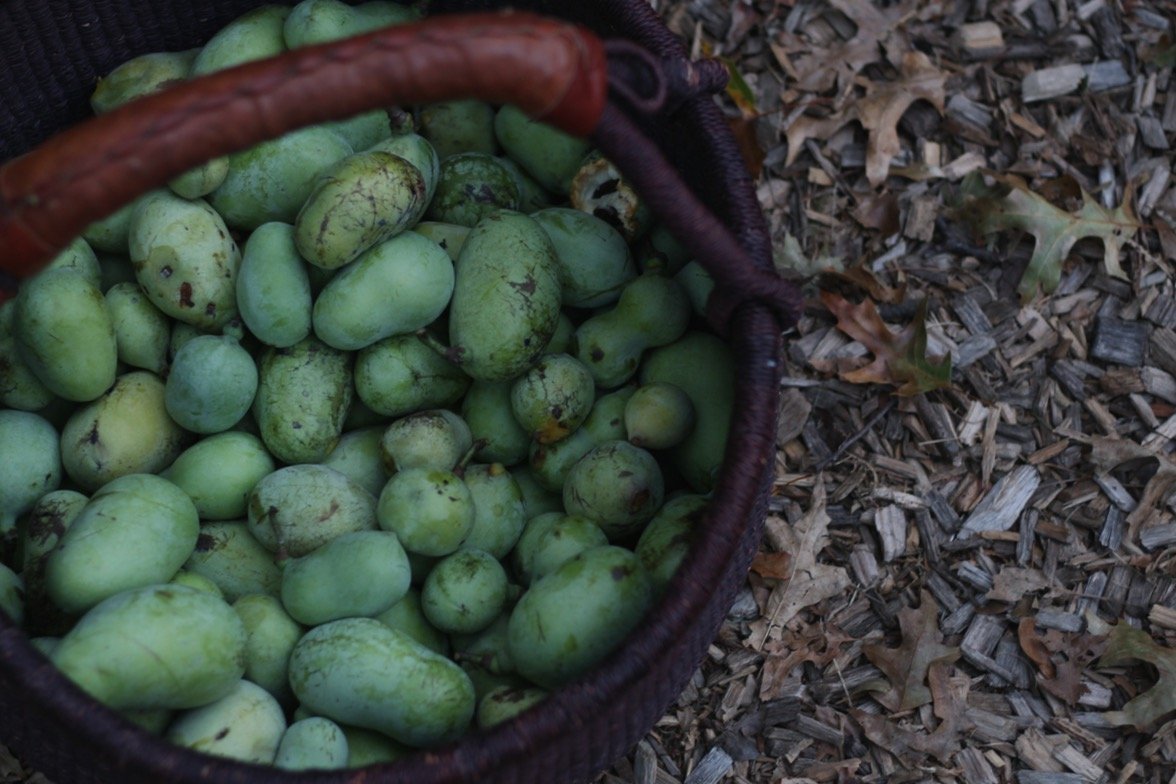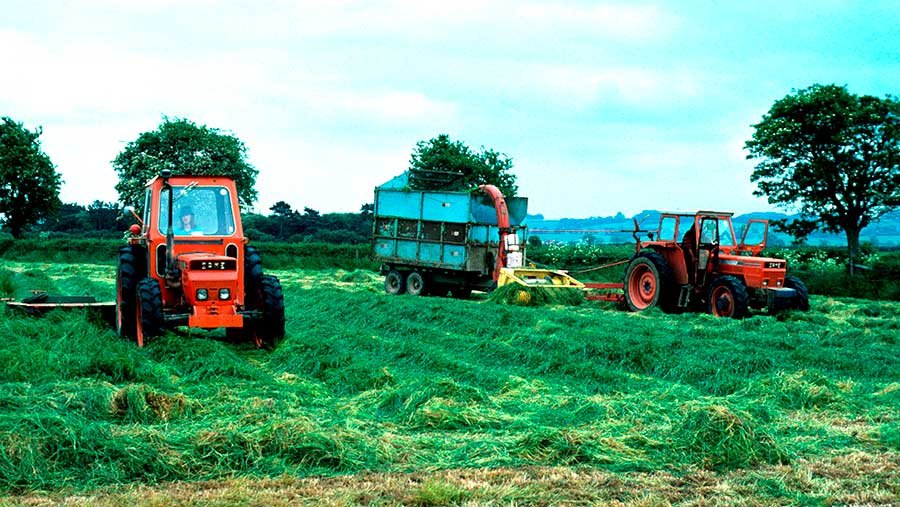“While definitions of regenerative agriculture are evolving and can vary across sectors, regenerative agriculture in a nutshell is a set of practices that goes beyond reducing destructive farming methods and aims to turn the tide in the opposite direction.
Done right, and at the kind of scale needed, it holds the potential to transform farming across sectors and continents, to conserve land and water through better management, create millions of jobs and help to mitigate climate change.
So with all these positive outcomes, why haven’t farmers adopted regenerative agriculture across the globe, and at the scale needed to make a difference?
The short answer: making the transition from degrading tactics to regenerative ones is not a simple switch. It requires scientific expertise, direct engagement with suppliers to identify their needs, and utilizing tools and resources that are often beyond a typical farmer’s reach. If farmers making the switch to regenerative want to compete in the current market that rewards and subsidizes Big Ag, they’ll need help in the form of better incentives to improve their practices.
What is regenerative agriculture and why must the world shift?
Regenerative agriculture comprises a broad set of principles and practices under the umbrella of ‘climate-smart’ agriculture. Taking an integrated system management approach, regenerative agriculture aims to increase biodiversity, enhance ecosystem services, and increase resilience thus leading to resilient livelihoods.
This way of farming is based on enhancing the inherent strengths of agroecosystems, ultimately enabling a reduction of external inputs and increasing farm net income by reducing costs.
In light of the UN’s report on global biodiversity and its alarming findings that the world has failed to meet a single target to stop environmental destruction, we can no longer be content with merely curbing our negative impacts on lands and waters. We must redesign farm systems to enhance biodiversity and store carbon in the biomass and soil. One million species are at risk of extinction, in part because of ecosystem destruction—and agriculture is the primary driver of that destruction.
At the same time, there is an opportunity to protect and enhance biodiversity, and to mitigate and adapt to climate change. Well managed agriculture can be a force for greater adaptation and resilience. By protecting and improving ecosystem health, and following regenerative agriculture practices and principles, farmers have an opportunity to improve their productivity and their livelihoods—as livelihoods and ecosystem protection are inextricably intertwined.
Coffee production
Let’s take coffee production, for instance. Regenerative agriculture provides multiple environmental co-benefits on coffee farms—including soil health, which helps sequester carbon—while making lands, farming and our overall food system more resilient to climate change. It also helps farmers as they increasingly face more extreme weather events; volatile supply chains to include expensive fertilizer and external inputs, as we are seeing now; degraded natural resources; and other vulnerabilities of the global food system.
The 1,000-hectare Aquiares coffee estate in Costa Rica—which sits between the country’s largest protected area and a volcanic mountain range—is a stellar example of how farming practices designed to boost biodiversity and nourish soil can restore the overall health of an ecosystem.
General manager Diego Robelo says that since the farm began its sustainability transformation 17 years ago, it has gone from using a full-sun monoculture approach to cultivating coffee under the shade of native trees.
As the largest Rainforest Alliance Certified coffee farm in Costa Rica and supplying its beans to brands such as Nespresso, Aquiares has been a pioneer in applying regenerative principles on a grand scale, planting more than 50,000 trees and effectively connecting two important wildlife corridors. Now the farm boasts 76 different native tree species and 140 bird species—103 of which hadn’t been seen before setting out on a regenerative path.
What will it take to make the transition to regenerative agriculture?
Transitioning to regenerative agriculture around the world and at scale will take a concerted effort from every stakeholder throughout the supply chain.
Food companies and retailers, for example, need to take responsibility and invest in farmers’ efforts to adopt more regenerative practices. The US and governments abroad must stop promoting degrading agriculture and instead support regenerative agriculture across sectors with a proven track record, such as leveling the federal investment playing field and incentivizing regenerative infrastructure.
Furthermore, they should invest in more decentralized and diverse food systems, and in regenerative agriculture research and technical resources. Consumers who make more conscious food choices can increase demand for products from more sustainable agriculture. Massive change is needed to safeguard food production and keep both farmers and nature well.
And while regenerative practices can reduce both the cost of production and farmers’ dependency on external inputs (such as synthetic fertilizers and pesticides), the benefits aren’t instant; they take time to develop, making many farmers anxious about making the switch.
Most importantly, the wellbeing of farmers and farm workers should be at the heart of regenerative agriculture policies globally, and that means improving the local quality of life through environmental conservation, protecting biodiversity, and in turn—increasing crop yields and incomes for farmers.
We’re on the verge of an exciting agricultural revolution, and we must ensure that farmers don’t get left in the dust, literally.”
Santiago Gowland is CEO at The Rainforest Alliance, an international non-profit building an alliance to protect forests, improve the livelihoods of farmers and forest communities, promote human rights, and help farmers implement regenerative farming practices into their supply chains, from soil conservation to crop diversification.











